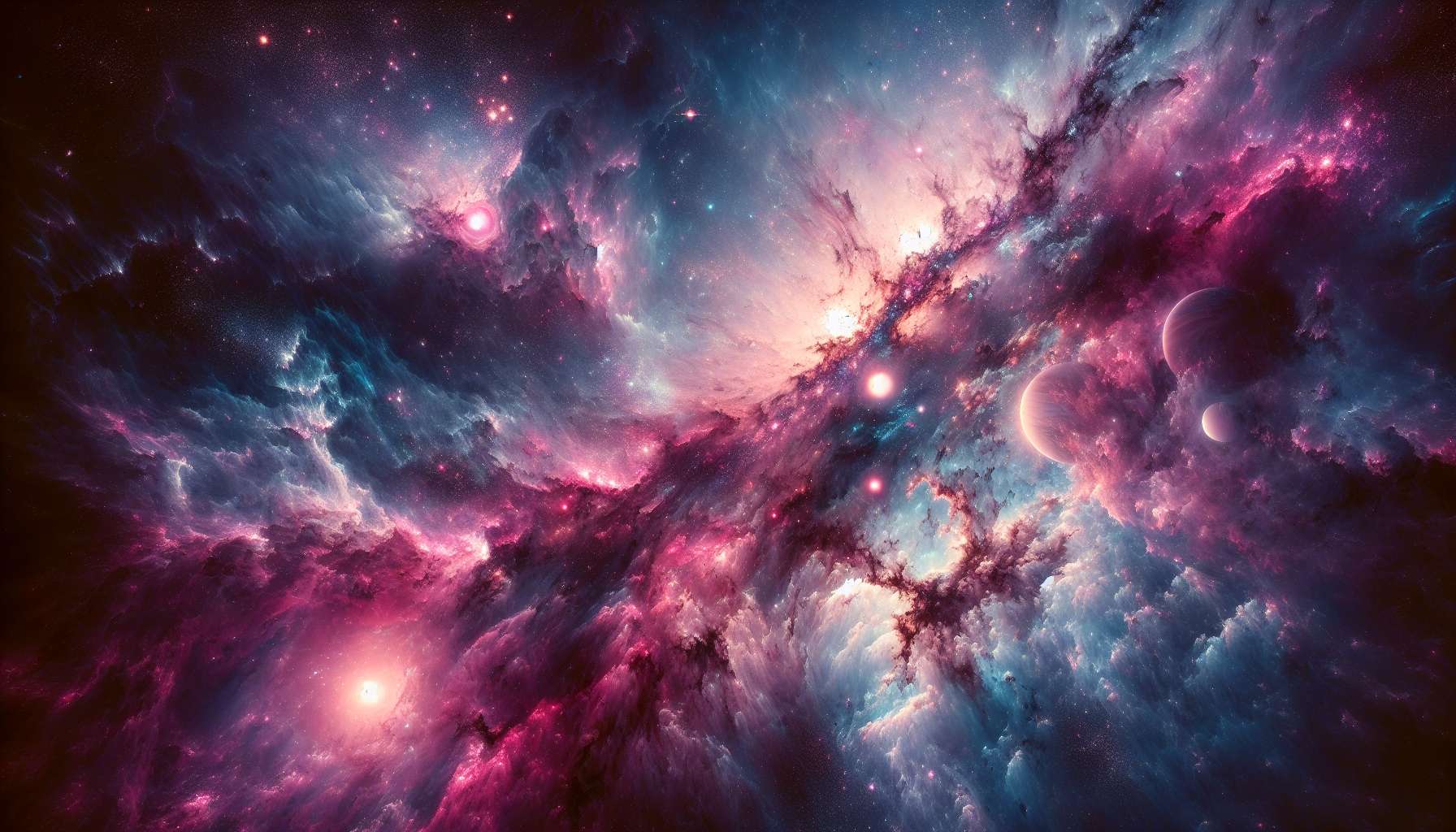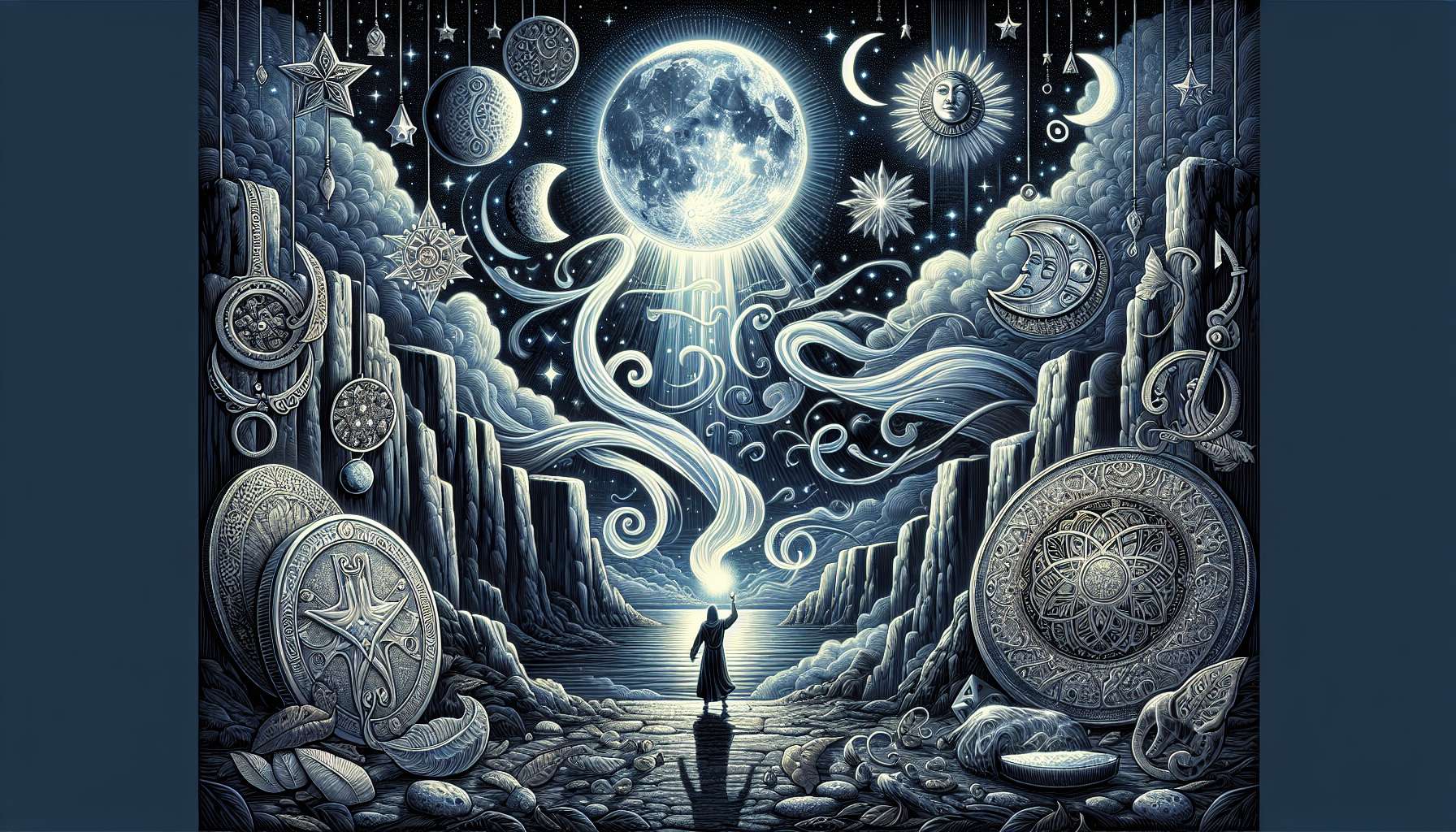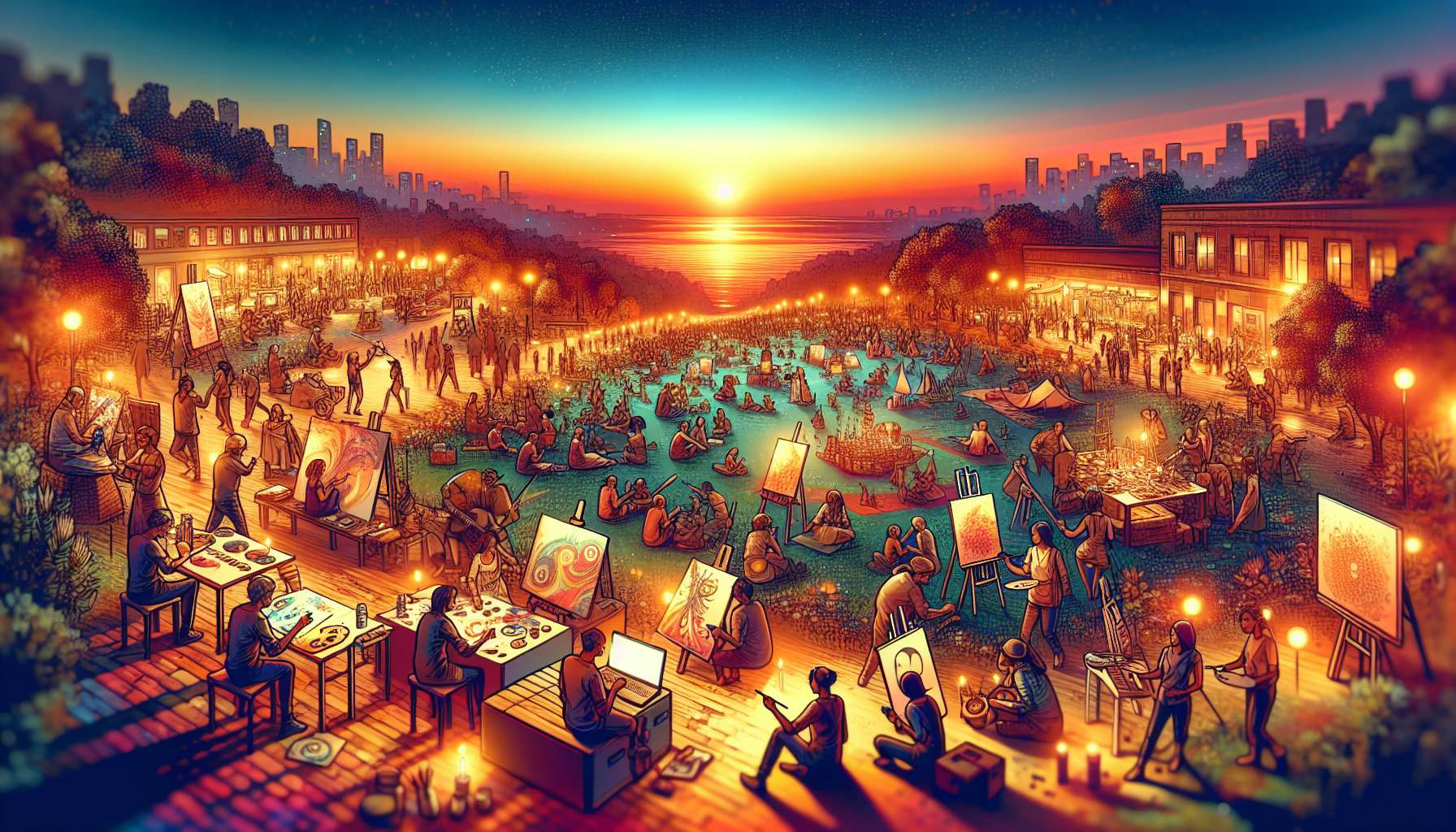The Beauty of Dusk: Exploring the World of Dusk-Inspired Artwork
As the sun dips below the horizon, casting a warm glow across the sky, the world transitions into a magical time known as dusk. This transitional period between day and night has long captivated artists, inspiring them to create stunning works that capture the essence of this fleeting moment. Dusk-inspired artwork encompasses a wide range of styles, from serene landscapes bathed in twilight hues to abstract interpretations of the changing light. In this article, we will delve into the world of dusk-inspired artwork, exploring its history, significance, and impact on the art world.
The Allure of Dusk
Dusk, with its soft colors and gentle light, has a unique ability to evoke a sense of peace and tranquility. Artists throughout history have been drawn to this time of day, using it as a source of inspiration for their creations. The beauty of dusk lies in its fleeting nature a moment of perfect balance between light and darkness, when the world is bathed in a soft, ethereal glow. This transient quality makes dusk a captivating subject for artists, who seek to capture its essence in their work.

The Evolution of Dusk-Inspired Artwork
The depiction of dusk in art has evolved over the centuries, reflecting changes in artistic styles, techniques, and mediums. In traditional art forms, such as painting and drawing, artists used to capture the rich colors and subtle nuances of dusk using oil paints, watercolors, or pastels. These mediums allowed artists to create realistic representations of the changing light and shadows during this time of day.
In modern times, artists have embraced new technologies and techniques to explore the concept of dusk in innovative ways. Digital art, photography, and mixed media have opened up new possibilities for artists to experiment with light, color, and composition. By blending traditional and contemporary approaches, artists have pushed the boundaries of dusk-inspired artwork, creating bold and dynamic pieces that challenge conventional notions of beauty and aesthetics.
The Significance of Dusk in Art History
Throughout art history, dusk has served as a powerful symbol in various cultural and artistic traditions. In Western art, dusk is often associated with themes of transition, change, and renewal. Artists like J.M.W. Turner and Claude Monet used dusk as a metaphor for the passage of time and the impermanence of life. Their paintings, characterized by soft, atmospheric effects and subtle color gradations, capture the melancholy beauty of dusk in all its glory.
In Eastern art, dusk holds a different significance, symbolizing harmony, balance, and the cyclical nature of existence. Japanese woodblock prints and Chinese ink paintings often depict dusk as a time of reflection and contemplation, when the natural world is in perfect harmony with the cosmos. Artists like Hokusai and Sesshu Toyo drew inspiration from the changing light of dusk to create masterful works that transcend time and space.
Dusk-Inspired Artwork in Contemporary Times
In the contemporary art world, dusk-inspired artwork continues to thrive, as artists explore new ways to interpret and represent this magical time of day. From realistic landscapes to abstract compositions, artists are finding fresh and innovative approaches to capture the essence of dusk in their work. By experimenting with color, texture, and form, contemporary artists are pushing the boundaries of traditional art forms and creating bold and dynamic pieces that challenge the viewer’s perception of reality.
One such artist who has gained recognition for his dusk-inspired artwork is Jeremy Mann, known for his moody cityscapes and atmospheric urban scenes. Mann’s paintings, characterized by dramatic lighting and expressive brushwork, evoke a sense of mystery and nostalgia, capturing the beauty and complexity of dusk in a modern context. His work has been exhibited in galleries and museums around the world, garnering critical acclaim and a dedicated following of collectors.
The Impact of Dusk-Inspired Artwork
Dusk-inspired artwork has a profound impact on viewers, evoking a wide range of emotions and sensations. The beauty of dusk, with its soft colors and gentle light, has a calming and meditative effect on the viewer, encouraging contemplation and reflection. By immersing themselves in the world of dusk-inspired artwork, viewers can experience a sense of peace and tranquility, transcending the chaos and noise of everyday life.
Moreover, dusk-inspired artwork has the power to inspire and uplift, offering a source of solace and beauty in an increasingly hectic and uncertain world. By capturing the fleeting beauty of dusk in their work, artists remind us of the importance of slowing down, appreciating the present moment, and finding joy in the simple pleasures of life. In this sense, dusk-inspired artwork serves as a reminder of the inherent beauty and magic of the natural world, inviting viewers to pause, reflect, and reconnect with the world around them.
Expert Opinions
According to renowned art historian and critic, John Ruskin, “The beauty of dusk lies in its ability to reveal the hidden depths of the natural world, as the fading light uncovers the subtle nuances of color and form that are often overlooked during the day. Artists who capture the essence of dusk in their work have a unique gift for translating the ephemeral beauty of this magical time of day into timeless works of art that speak to the soul.”
Common Misconceptions
One common misconception about dusk-inspired artwork is that it is limited to traditional landscapes and pastoral scenes. In reality, dusk-inspired artwork encompasses a wide range of styles and genres, from abstract to representational, urban to rural. Artists have the freedom to interpret and explore the concept of dusk in their own unique way, creating diverse and innovative pieces that challenge conventional notions of beauty and aesthetics.
Comparative Analysis
When comparing dusk-inspired artwork from different cultures and artistic traditions, one can observe interesting similarities and differences in how artists approach the subject. Western artists tend to focus on the dramatic effects of light and shadow during dusk, creating moody and atmospheric compositions that evoke a sense of mystery and nostalgia. In contrast, Eastern artists often emphasize the harmony and balance of dusk, using subtle color gradations and delicate brushwork to capture the tranquility and beauty of this magical time of day.
Conclusion
To wrap things up, dusk-inspired artwork is a captivating and evocative genre that continues to inspire artists and viewers alike. By capturing the beauty and magic of dusk in their work, artists create pieces that transcend time and space, inviting viewers to experience the world in a new and profound way. Whether through traditional paintings or contemporary digital art, dusk-inspired artwork offers a glimpse into the ephemeral beauty of this magical time of day, reminding us of the importance of slowing down, appreciating the present moment, and finding joy in the simple pleasures of life.
Long story short, the allure of dusk-inspired artwork lies in its ability to capture the fleeting beauty of this magical time of day, evoking a sense of peace, tranquility, and wonder in the viewer. By immersing themselves in the world of dusk-inspired artwork, viewers can experience a profound connection to the natural world, transcending the chaos and noise of everyday life. In this sense, dusk-inspired artwork serves as a reminder of the inherent beauty and magic of the world around us, inviting us to pause, reflect, and appreciate the simple pleasures of life.




